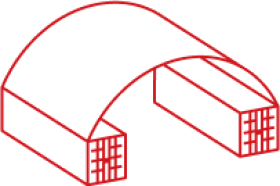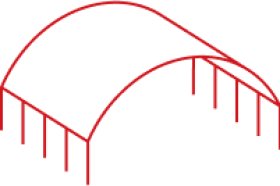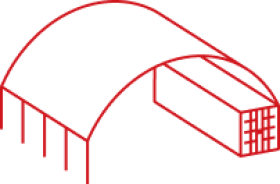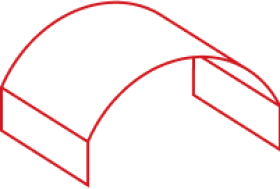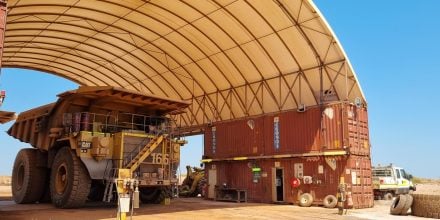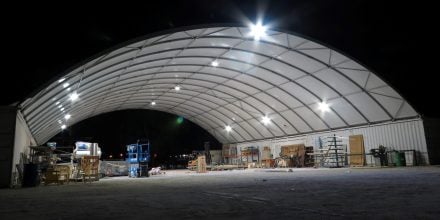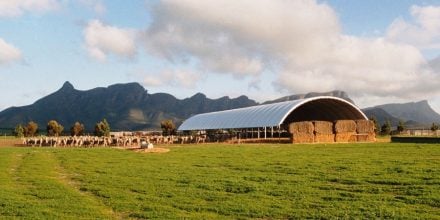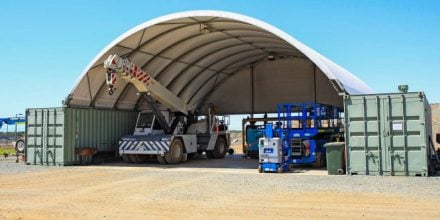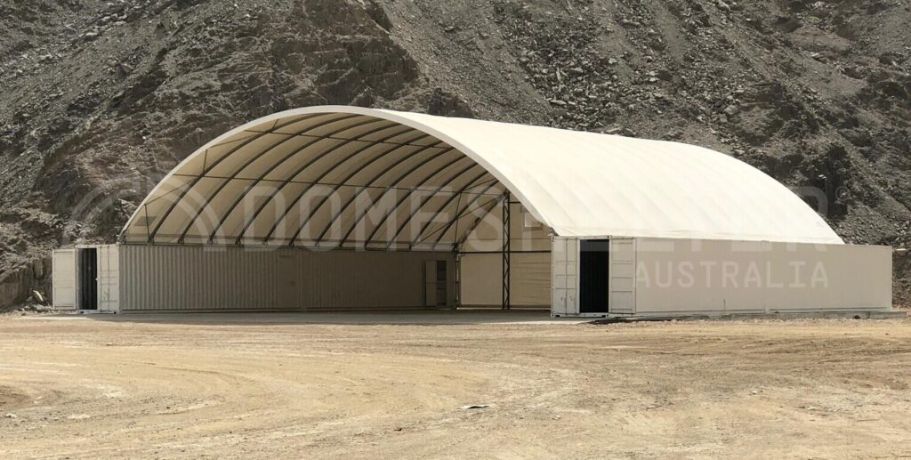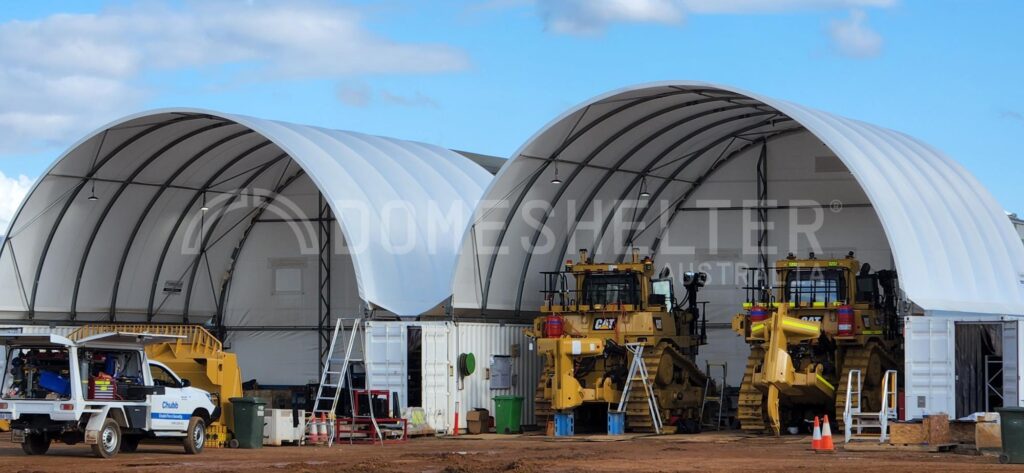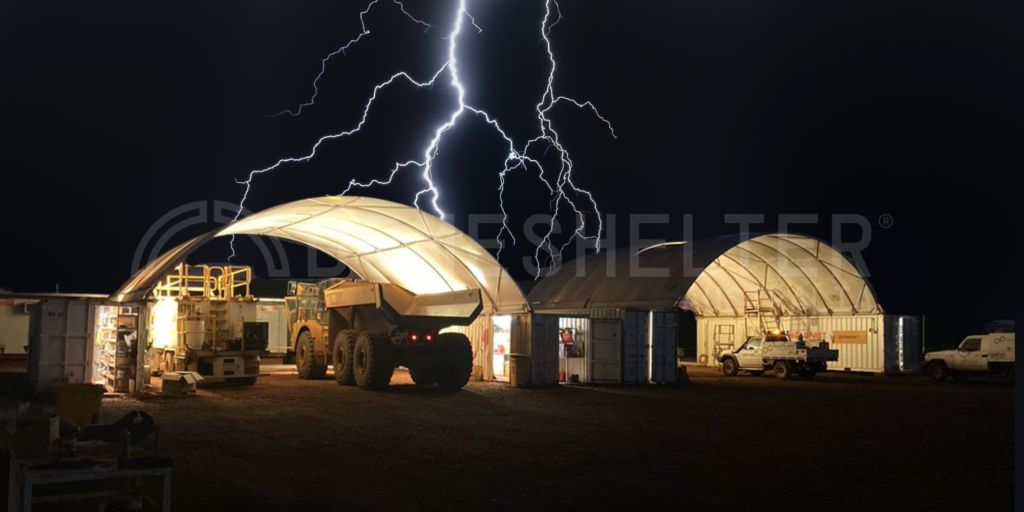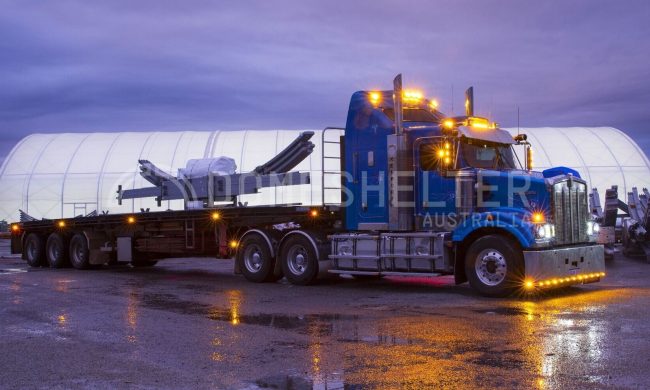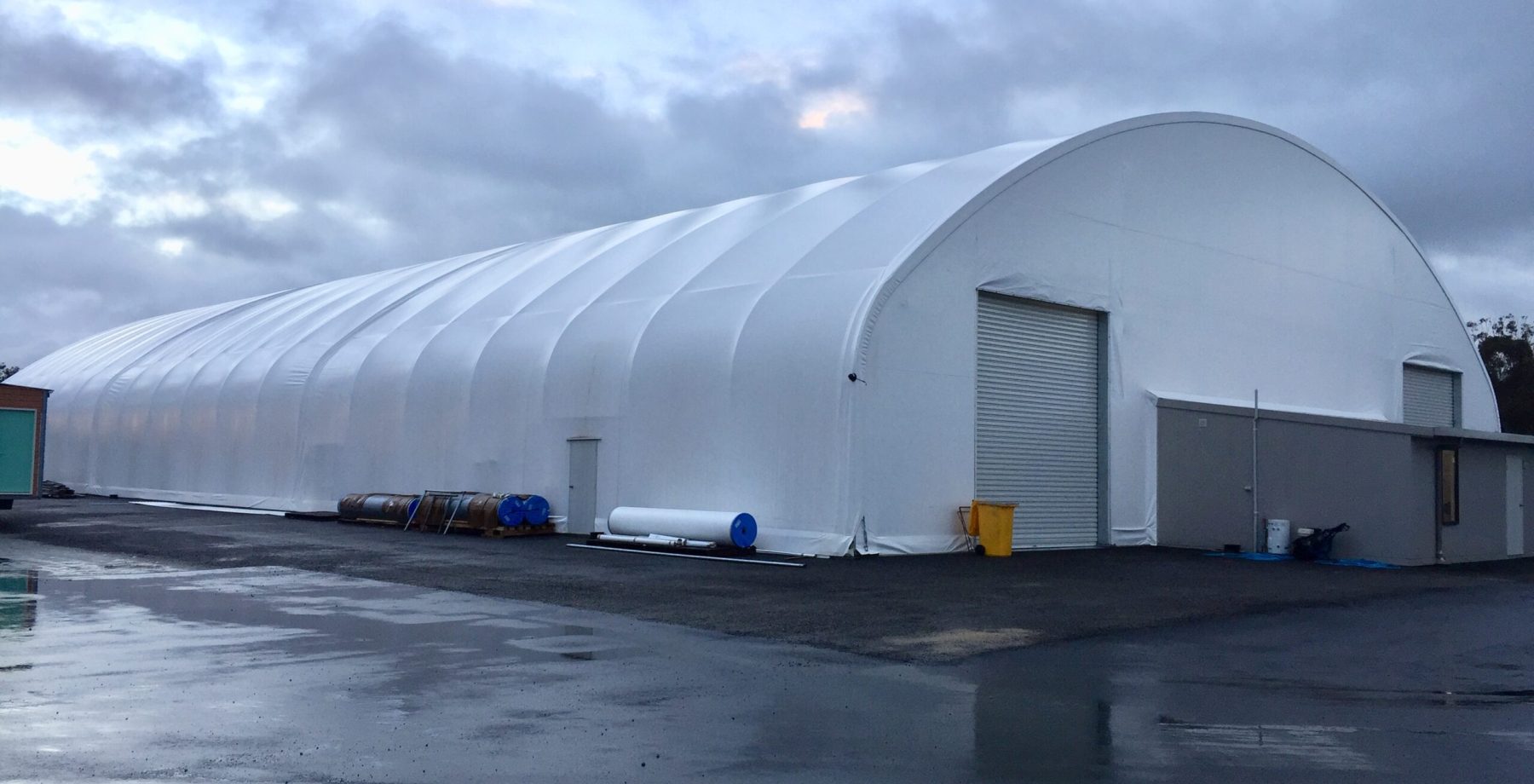
Some clients plan on moving their Shelters to different regions for changing projects and circumstances, which often prompts the question of which Wind Region the Shelter should be engineered to. If this is the case with you, keep reading.
When it comes to purchasing an Industrial Fabric Shelter, it’s crucial that it can withstand whatever weather conditions it might face. To ensure this, reputable suppliers engineer their Shelters to meet the relevant build code standards of the region, with the Wind Rating being of utmost importance.
At DomeShelter Australia, we engineer our Fabric Shelters to AS1170.2, taking into account the ultimate wind speed that the Shelter might experience in the particular region where it will be installed.
If it’s likely that the Shelter is to be moved 1 or more times in its lifetime, it’s sometimes requested that the Shelter be engineered to withstand higher wind ratings than what’s initially required. This is to allow relocation to a site that may be in a higher wind region, with ease.
In this article, we will discuss why it’s essential to consider wind ratings when it comes to Fabric Shelters and explore the possibility of having a Shelter engineered to suit the highest wind region.
Understanding Wind Regions
‘Wind Region’ refers to the classification of different regions based on wind speeds and frequency of extreme weather events experienced in those areas. DomeShelter Australia engineers according to AS1170.2, Structural Design Actions. AS1170.2:2021 dictates six wind regions in Australia, which are:
| AUSTRALIAN WIND REGION | ULTIMATE REGIONAL WIND SPEED (km/h) |
| A0 | 162 |
| A1-A5 | 162 |
| B1 | 205 |
| B2 | 205 |
| C | 238 |
| D | 288 |
The ultimate wind speed is used alongside Terrain Category and Importance Level to calculate a design wind speed for any given Structure. More information about these can be found in our article regarding terrain categories and importance levels.
The Importance of Engineering for Wind Region
Wind can have a significant impact on any type of infrastructure, including Fabric Shelters, which is why it’s essential to engineer them to the relevant standards. When the wind blows, it exerts a force on the surface of the Shelter, pushing and pulling it in different directions. If the wind is strong enough, and the Shelter is not adequately engineered, this force can be powerful enough to damage or even destroy the Shelter.
By designing the Shelter to relevant standards, the engineer can calculate the maximum wind speed and wind load that the Shelter can safely withstand, ensuring that it will be able to withstand the forces of wind and remain standing in even the harshest weather conditions.
Engineering for the Highest Wind Region
Many clients who are considering investing in a Fabric Shelter may wonder whether it’s worth engineering the structure to the highest wind rating to ensure it can suit conditions in any possible location. One client recently asked us: “Would it be better to have it rated to the highest wind region to cover all bases if we relocate it in the future?”.
It is possible to engineer a Fabric Shelter to a higher – or the highest – wind region, and the choice to do so is at the client’s discretion.
There are factors to consider when deciding to increase the design wind speed for a Shelter. Design wind speed has a considerable impact on the engineering, components, and amount of steel that make up the Shelter, and therefore, the cost of the Shelter understandably increases with the higher the wind region.
With that said, if a Fabric Shelter is definitely going to be relocated throughout its use, the recommendation will be that having the Shelter rated to Region D is the best and safest course of action.
One important recommendation we make is considering the footings and hold down requirements of your Shelter. Hold downs are a significant element of the Structure’s overall design engineering and depending on the Shelter, hold downs can differ when it is moved between wind regions. If you explain your plan to your DomeShelter™ Consultant, we can provide the engineering details for different regions; that way, if the Shelter is located in Region A at a given point, you do not need to spend excess amounts of money on footings that would only be required for a cyclonic region.
Forward planning is important, and the benefits of “covering all bases” are significant. Making sure the Shelter is suitable for any potential region is the only way to ensure the durability of the Shelter and optimise its lifespan. In the event of future relocation, having a thoroughly engineered Shelter will ensure the safety of occupants and assets within.
In Conclusion
When it comes to purchasing a Fabric Shelter, wind rating is a crucial factor that cannot be overlooked. The wind rating determines the force the Shelter can safely withstand and ensures that it remains standing in the face of harsh weather conditions. At DomeShelter Australia, our shelters are engineered to AS1170.2 and the wind rating is of utmost importance in determining the design of the Structure.
For clients who plan on relocating their Shelter in the future, talk to our experienced team who can walk you through the options, as it is worth considering engineering the Shelter to the highest wind region to ensure durability and safety. By planning ahead and covering all bases, the lifespan of the Shelter can be optimised, and occupants and assets can be kept safe in any potential region.
